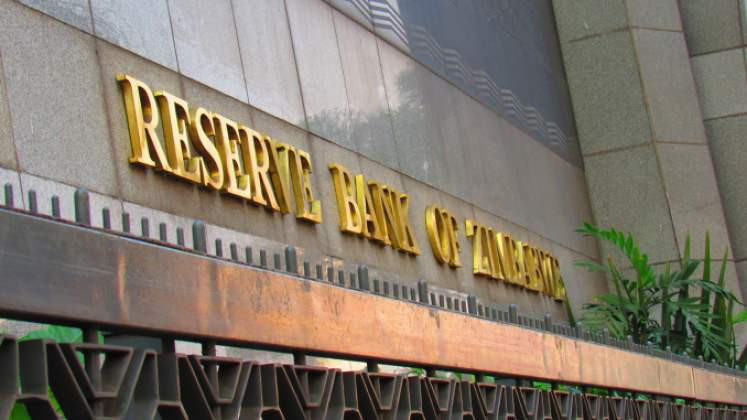
IN June 2021, a study on the illicit financial flows (IFFs) on Zimbabwe found that US$32 billion had been externalised from the country between 2000 and 2020.
The study was published in the International Journal of World Policy and Development Studies, which is part of the Academic Research Publishing Group, an open access publisher of peer reviewed international journals.
In gross domestic product (GDP) terms, the US$32 billion is above the country’s GDP of US$26,22 billion which the World Bank reported as the market size of the economy for 2021.
That translates to an annual average loss of US$3,2 billion in IFFs from 2000 to 2020.
Coincidentally, the amount that was lost to IFFs is 80% of US$40 billion investment needed for Zimbabwe to be an upper-middle class economy.
To put that into perspective, according to the World Bank, as of last year the average GDP per capita of an upper-middle-income economy was US$10 835,50, in Zimbabwe the figure was US$1 737,20.
The 80% translates to an average investment growth of 8 percentage points per annum.
And previous research conducted by the International Monetary Fund showed that “a 10-percentage point increase in the ratio of investment to GDP raises the growth rate of output by 1,5 percentage points on average”.
- Mavhunga puts DeMbare into Chibuku quarterfinals
- Bulls to charge into Zimbabwe gold stocks
- Ndiraya concerned as goals dry up
- Letters: How solar power is transforming African farms
Keep Reading
Using this matric, if the money lost to IFFs had not occurred, the country would have added an additional 1,2 percentage point growth to the economy over the 2000 to 2020 period.
If that was added to the growth rates during the 20-year period, especially the double-digit era of 2009 to 2012, the economy would have been significantly bigger than it is now.
It would have meant jobs, infrastructural development, healthcare expansion, improved social services, a stable local currency, more disposable income, housing and so many other benefits to the country.
Don’t believe us?
The 2022 national budget stated that an investment of US$2 864 275 017 is needed for health wellbeing, food and nutrition security (US$2 852 255 272), infrastructure and utilities (US$19 682 439 136), housing delivery (US$2 425 497 346), and devolution and decentralisation (US$2 862 437 800).
Other major investments are needed in human capital development and innovation at US$880 583 267, digital economy (US$1 146 704 122), value chains and structural transformation (US$2 995 150 000) as well as image building, international engagement and re-engagement (US$1 148 692 596).
Social protection requires an investment of US$901 528 365.
Sadly, however, illicit financial flows in Zimbabwe will continue because the key drivers are intact.
According to legal think-tank Veritas, illicit financial flows are defined in these three ways:
“Transfers or movements that are themselves illegal, eg where cash is smuggled across borders or where income is illegally hidden from the tax authorities and sent abroad (tax evasion); transfers or movements of funds that are the proceeds of illegal acts, eg trafficking in drugs or people; and transfers of funds intended to be used for illicit purposes, eg for financing terrorism or organised crime.”
Behind this pilferage is market and regulatory abuse, tax abuse and abuse of public office, and proceeds of crime.
And the authorities are behind all of them as they control. They control the market through regulation, oversee tax collections, hold public office, and proceeds of crime are handled by, you guessed who, the authorities.
So, since the Zanu PF government has been in charge since Zimbabwe became independent, excluding the period of the unity government between 2009 and 2013, it is responsible for all the pilferage.
Thus, the responsibility to curb IFFs lies with the Zanu PF government which have thus far shown no interest in dealing with the scourge.
We implore the government to stop this madness — curb IFFs, hold public officers accountable, and respect the country’s laws.






